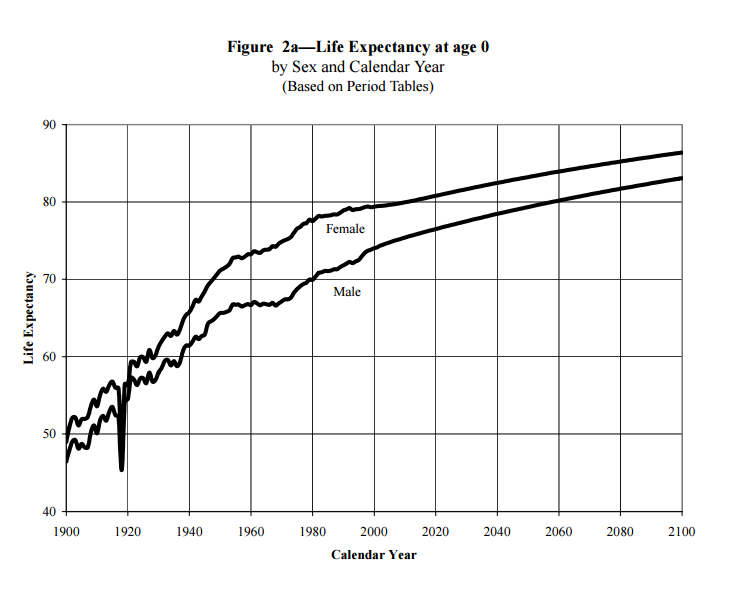Why the Generation Gap is Larger Now More than Ever

Sam Rainer
Many cultural changes affect generation gaps. For instance, my father’s choice of 1960s rock is quite different than my preference of 1990s rock. And we all know music style can be a contentious issue in the church. Technology, however, is often cited as the main wedge between generations in the U.S. culture.
Here’s one of the main reasons that the generation gap is larger now more than ever: Technological advances are increasing rapidly at the same time life expectancy is increasing rapidly. Both are great trends. People are living longer. People are advancing further. There are more years to enjoy and more things to do in those years. But with more years and more gadgets comes more tension.
In 1900, just 25% of the US population had running water and less than 10% of the US population had a telephone. In 1900, no one had a refrigerator, radio, or washer and dryer. Not only are the rates of technological advances increasing, people are living longer, much longer than at any point in recent history. The chart below reveals the rapid rise of life expectancy in the United States. In 1900, a male infant was expected to live to 46, a female to 48. By 2000, life expectancy of a male infant was 74, a female infant was 80. (The dip just before 1920 was the 1918 flu pandemic, in which many young children perished.)
So what does it all mean for the church?
People are living longer, so there are more generations in the church than ever. In 1900, most people died before the age of 50. Therefore, churches had just two generations making up the congregation, with a smattering of grandparents. Today, it’s common to have four generations making up the congregation. What was a two-generation divide has become a four-generation divide.
Preachers today have a broader audience than in the past. With four generations in the church body, sermons must be crafted more carefully to engage people of widely differing ages. Though I’m generalizing, most in the older generation expect lower use of technology in the church while those of the younger generation expect more technology. For example, just a few years ago, having your phone out in church was rude. Today it’s normative, if not encouraged.
Let me be clear: A healthy church has multiple generations working together for the sake of God’s kingdom. No church should alienate any generation. However, leaders today must figure out how to build more bridges—not just between parents and children as in the past, but now between the 85 year-old and the five year-old.
Church leaders should not be too quick to adopt new technology. They should also not move too slowly either. Move too quickly, and you’ll be a poor steward. Just because some gadget is all the rage doesn’t mean you need it today in the church. If you’re currently trying to convince the finance team that the entire staff needs an Apple Watch, then your gospel efforts are misguided. Move too slowly, and you will not be able to contextualize the gospel. If you don’t yet have an email account, then you might as well tell the younger generation to drop a dime and call someone who cares.
This post is an excerpt from a research article I wrote for Church Answers Monthly. It’s part of a premier coaching ministry with Thom Rainer. You can learn more about it by clicking the picture below.









Great Post. Lots to think about, I would like to know what this means for going multi service. Can a culturally natural worship service exist? With the gap so wide, can a service be “contextual” to all four generations?
Travis – In a healthy church, multiple generations worship together, even in one service. However, the cultural gap is wide between 15 year-olds and 85 year-olds, so some churches offer different styles, which is understandable. But every church should have all generations doing mission together. The churches that work together on mission often have minimal generational conflicts on worship style.
You also need leaders from more than one generation. You also need leaders and clergy who will try to understand the modern world. Those who are 75 have a hard time understanding the needs and world of those about 10 years old.
It doesn’t have to be this way. Despite the old addage, you really can teach old dogs new tricks and all the young pups don’t necessarily have all of the answers.
Our church does a good job of joining older with younger. Mentoring, having events for senior adults and college students together and ministries encouraging one another really makes a difference.